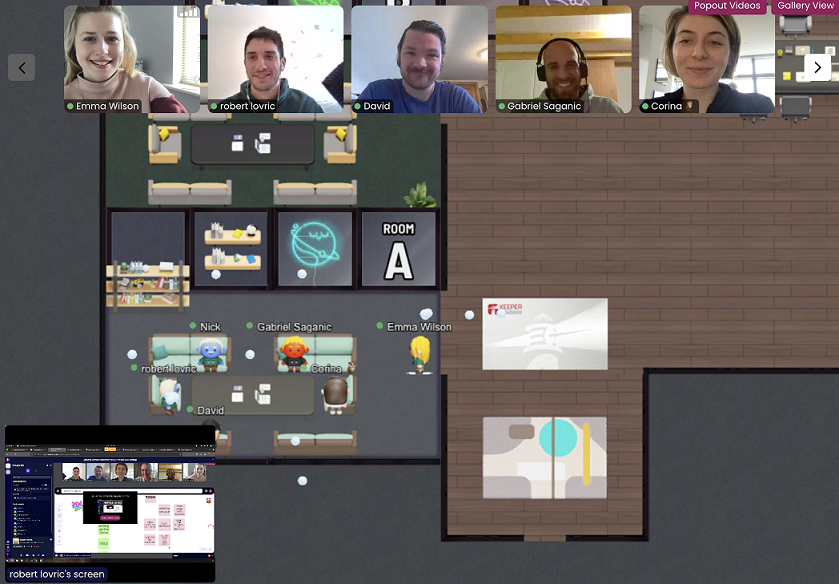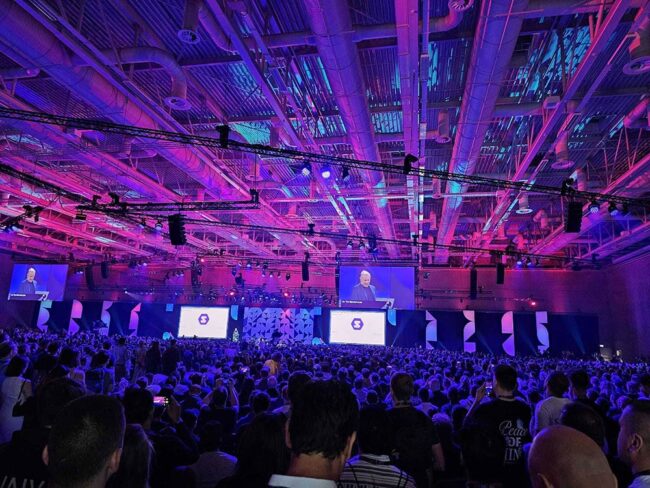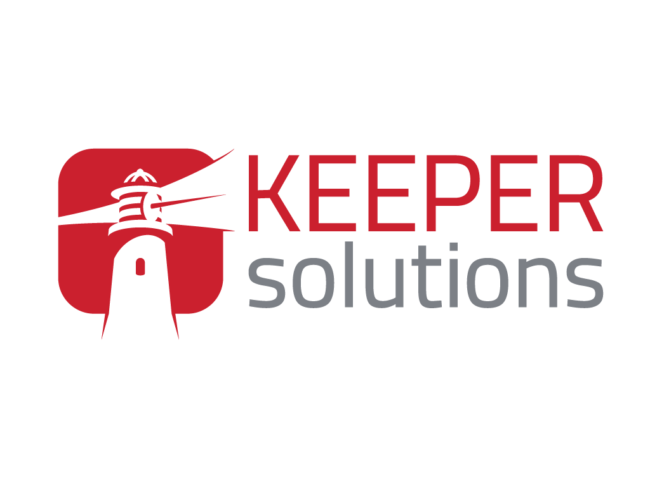Cultural Alignment – A Key Success Factor in Software Development Outsourcing
As a company enjoys success and transitions from a shoe-string start-up to scaling tech firm, it can start to experience growing pains. A key challenge that companies are finding more and more difficult to overcome is that of finding the right talent and building a solid team to support their growing ambition.
In the United States, the software engineering and software development talent pool is incredibly competitive. Demand is at an all-time high and hiring suitable, highly-skilled candidates can be a very difficult process. A recent Forbes article’ broke down the scale of the issue:
“According to U.S. Labor statistics, as of December 2020, the global talent shortage amounted to 40 million skilled workers worldwide. By 2030, the global talent shortage is expected to reach 85.2 million. Сompanies worldwide risk losing $8.4 trillion in revenue because of the lack of skilled talent.”
It is no wonder that an increasing number of companies are outsourcing some portion of their software development functions or choosing to work with a software development outsourcing partner. Outsourcing for software development at start-ups is expected to increase by 70% between 2022 and 2023, according to new research from Commit, the leading global tech services company focused on custom software and IoT solutions.
“The increasing gap between supply and demand for developer talent, along with emerging trends like the growing gig economy, more remote work and the great resignation are driving a need and opportunity to rapidly outsource skilled talent,” said Max Nirenberg, Chief Revenue Officer and Managing Director of Commit USA. “This is especially true for startups, who now face enormous growth potential but struggle to scale quickly and efficiently.”

One of the Keys to Success When Working With an Outsource Development Partner
As a market-leading software development partner we are often asked what are the keys to a successful software development partnership. The answer, of course, is that there are several. You need to think about domain expertise, matching your market industry with your development partner’s track record, skills and knowledge. A service provider that understands the complexities of your tech stack, the regulatory and compliance requirements of your marketplace, is invaluable. Time zones are another factor. So too are compatible frameworks and finding harmony in the way you work.
One success factor that is so often overlooked but is critically important is cultural alignment. No matter the team, whether it be a fully in-house, remote or hybrid, can only succeed when they work together and there is an alignment of values, behaviors, objectives and working practices.
Software development partners come in all shapes and forms. It’s important that the cultural element of each team is evaluated. In many cases it shapes the way you work together, the standards of communication and the quality of the work you produce
Our advice is to take a long look at the culture of any organization you are considering working with.
-
-
-
-
-
-
-
-
-
-
- Do you share the same values?
- How do you each deal with adversity?
- What are your collective work habits and expectations?
- What is the company’s vision?
- What kind of working environment do senior management try to create?
-
-
-
-
-
-
-
-
-
It can be very difficult to uncover an organization’s true culture before you get to work with them. However, having multiple conversations with a range of stakeholders is often a key first step.

Forming Relationships Built on Unity and Trust
It’s important to think about how you view the relationship with your outsourced development partner also.
-
-
-
-
-
-
-
-
-
- Are development teams viewed as third-party outsiders who don’t or will never understand the rest of the organization as well as the internal team?
- Are they viewed as equals and trusted partners?
-
-
-
-
-
-
-
-
One of these viewpoints helps to build long-lasting relationships while the other creates dissonance, division and strife.
In many ways, working with an outsourced software development partner is a lot like a merger or acquisition, in that it’s bringing together two teams that haven’t previously worked together in the hope of driving the collective group forward. And it’s well known that many mergers fail for the simple reason of cultural misalignment. This shouldn’t discourage you but it does underscore the importance of aligning yourself with the right software development partner.

How to Determine Cultural Alignment
As mentioned before, it can be difficult to evaluate an organization’s true culture before you start working with them. However, there are a few areas that you can look at that will help you gauge cultural alignment.
Visions and values: We’ve mentioned the importance of aligning vision and values. You can learn a lot about a company’s vision and values from their website, social media and marketing materials. However, what’s more important is seeing if team members actually put these values in practice. It’s important to look at how individuals conduct themselves in preliminary meetings and pre-contract calls. Where possible, you could also speak with clients (past and present) to see if the company actually lives its vision and values.
Evaluating from the top down: At the heart of a company’s culture is a leadership team. The actions of the leadership team inevitably shape the culture. Before starting a relationship with an outsourced software development team, it is crucial to take note of the actions and words used by senior stakeholders. Are they trying to build mutually beneficial relationships? Are they creating an environment built on trust and respect? Are they living up to their company’s vision and values? The attitude of a manager trickles down to the rest of the team. A difficult leader can be a major red flag.
Communication and the importance of first impressions: Strong communication is key to building a successful relationship. In the pre-contract stage it is important to take note of communication habits. Does your software development partner reply promptly to messages? Do they ever leave you in the dark? Are they unreasonably impatient and expecting too much? Evaluating communication practices at the start can save you a major headache in the long run.

Cultural Alignment and Building a Strategic Partnership
One of the reasons why cultural alignment is so important is because you want to build a relationship where you and your outsourced development team feel like one cohesive unit. When aligned properly, your outsourced software development partner should feel like an extension of your own team. Whether they are working in-house or as part of an outsourced unit, all developers will share the same objective; to help you to achieve your goals.
Want to learn more about working with an outsourced development partner? Get in touch today and we’ll help you explore your options.



